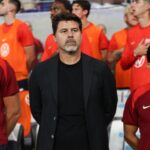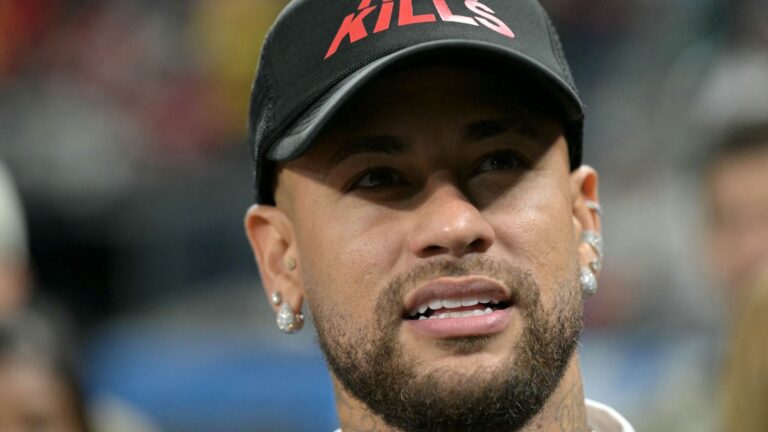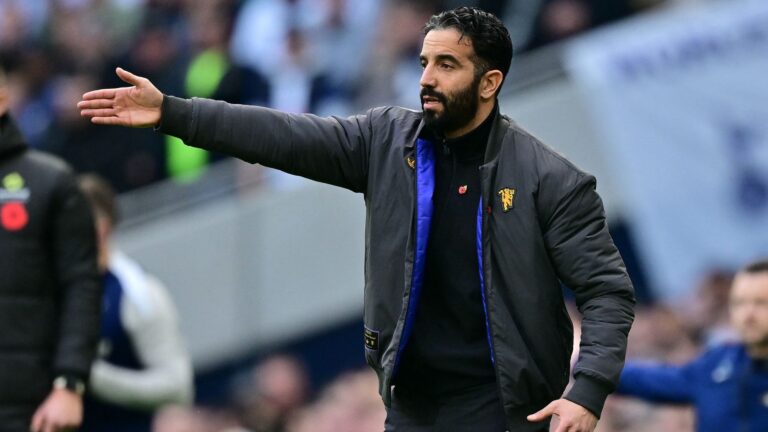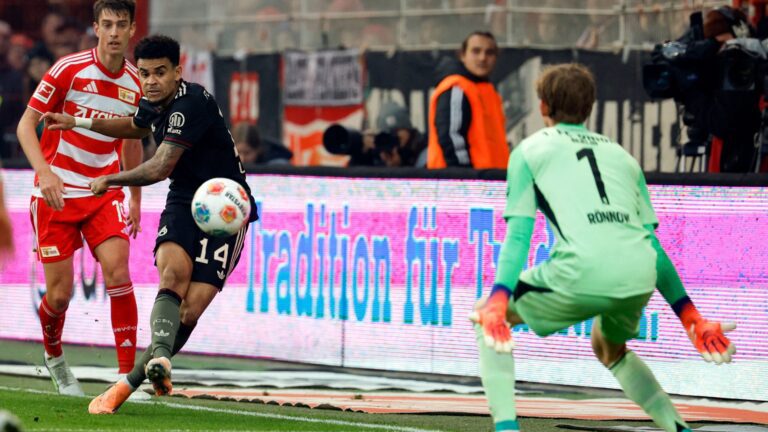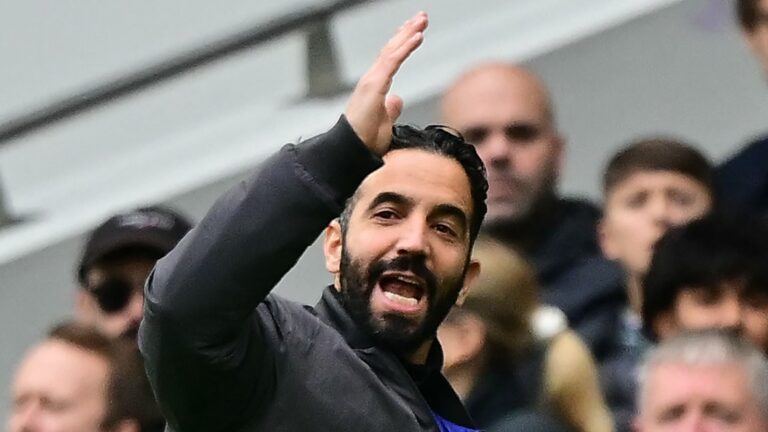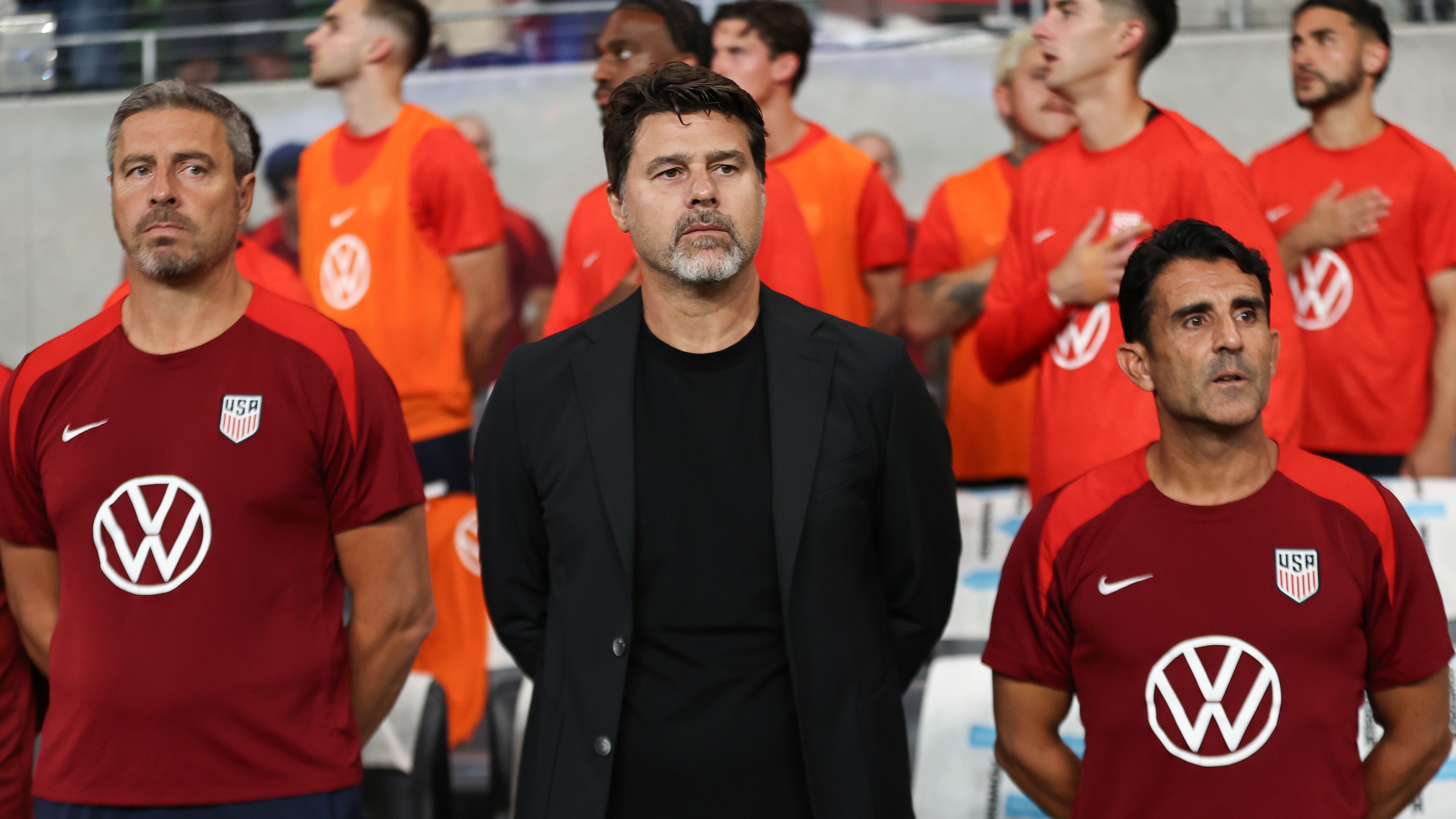
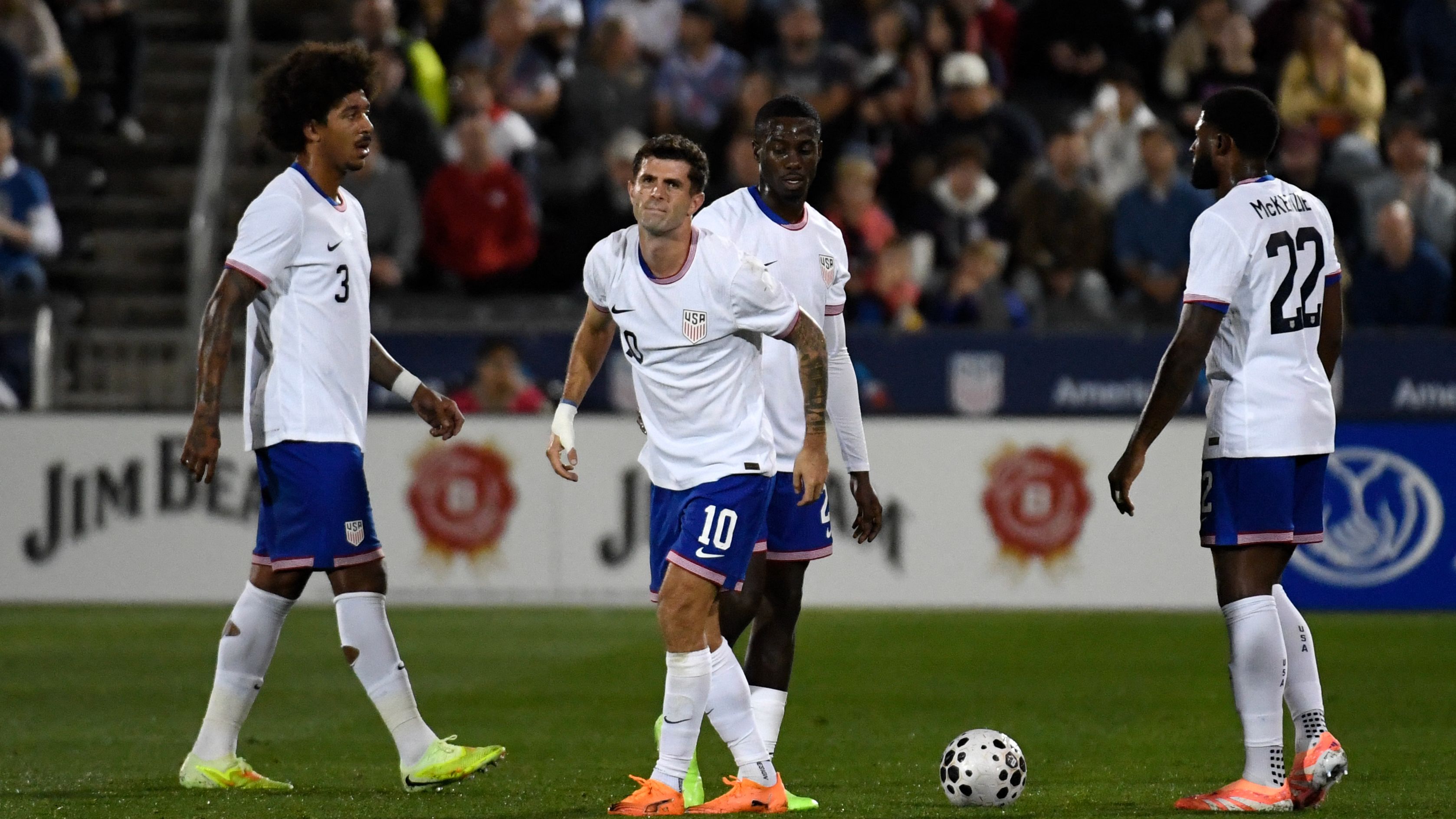
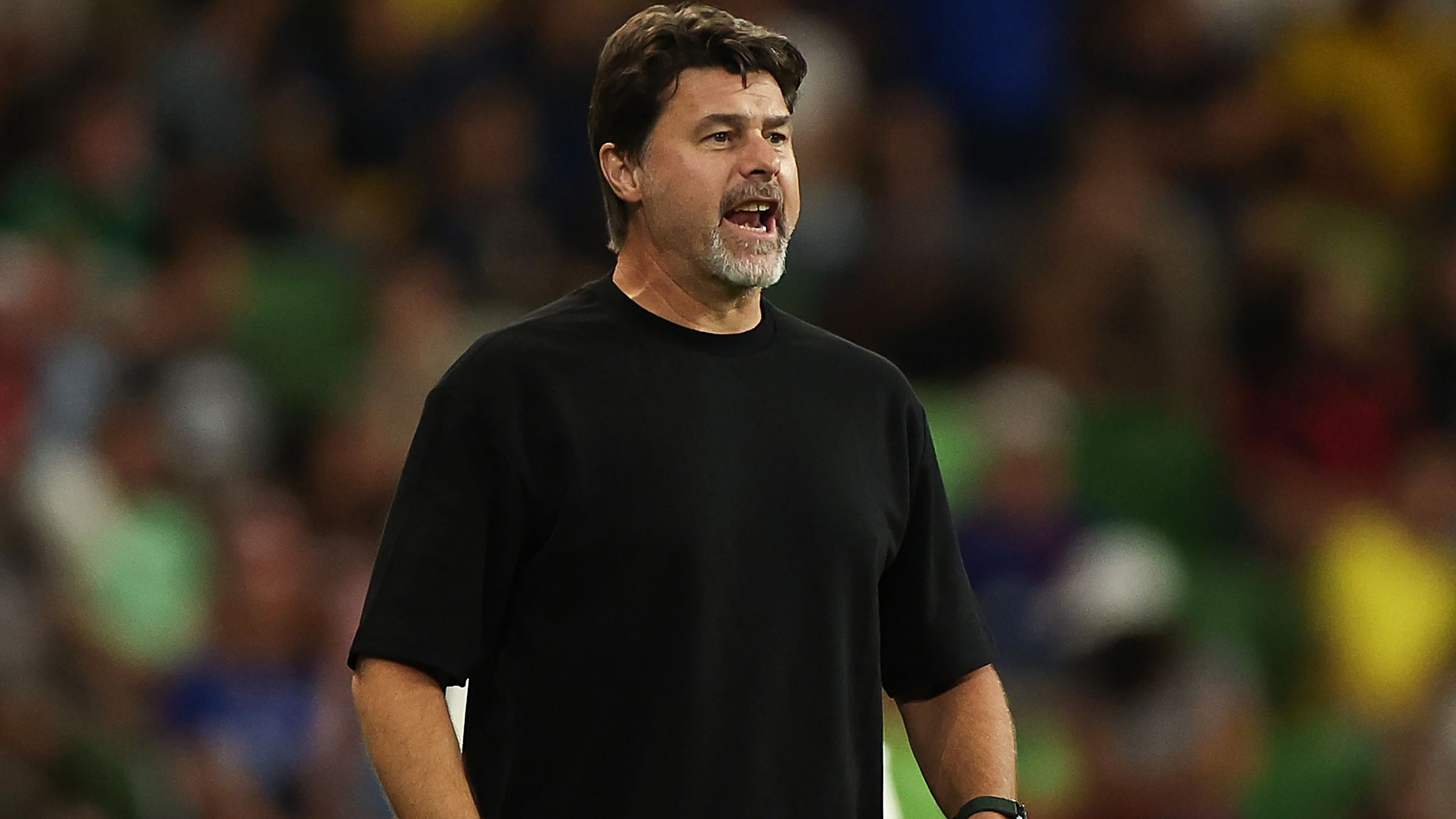
Igniting Team Spirit: How Pochettino’s Passion Fuels USMNT’s Methodical Rise
In the world of soccer coaching, Mauricio Pochettino stands out for blending fiery motivation with a structured strategy, particularly as he leads the USMNT. This approach not only highlights his dedication to player development but also sets the stage for achieving peak performance at major tournaments like the World Cup.
Pochettino’s Core Strategy for Talent Development and Team Building
Mauricio Pochettino, in his role as USMNT coach, stresses that his foundational principles start with a thorough assessment and deep insight into the players’ abilities. This disciplined methodology has emerged as a defining feature of his leadership across various teams, including high-profile ones like Tottenham Hotspur and Paris Saint-Germain.
Insights from His Planning Philosophy
During an appearance in US Soccer’s Behind the Crest series, Pochettino explained, “I feel that any successful endeavor starts with a detailed assessment and deep comprehension of resources.” He continued by noting, “Then, we craft a detailed blueprint to ensure the team reaches its highest potential for key events, such as our aspiration to compete strongly in the World Cup.”
Revealing Pochettino’s Motivational Edge in High-Pressure Moments
Pochettino’s animated halftime talk in the narrow 2-1 victory against Australia shed light on his ability to inspire and demand excellence from his players. Dissatisfied with the initial half’s low energy and poor interaction, he pushed the squad to reignite their focus, stressing the importance of unity, proactive defending, and shared determination.
Key Excerpts from His Address
He addressed the team, saying, “We’ve always been in dialogue, right? But earlier, there was no real exchange because the way we let in that goal made it feel stagnant, completely lifeless. The squad felt flat. It’s crucial to communicate-call out ‘left side, right side.’ That’s the essence of the game. We’re tied at 1-1, and we possess the skill, so in this next half, let’s demonstrate more skill, work as one. Errors happen, and that’s fine, but the key is to stay connected and push forward.”
Further, he motivated them with, “Being aggressive means advancing. Keep tight formations and then control the ball. Show aggression. In every match, we generate opportunities repeatedly. Understood, team? Recognize this incredible chance to grow further, but it hinges on your talent, your drive, and your unwavering resolve.”
Pursuing Optimal Readiness for Global Competitions
The primary aim of Pochettino’s organized tactics appears to be helping athletes achieve their best form during critical periods, with every choice geared toward preparing the team optimally for events like the World Cup.
Revolutionizing the USMNT’s Player Selection Framework
Pochettino’s vision for assembling the roster marks a significant evolution for a team that has often faced challenges in maintaining steady evaluation standards. As the U.S. prepares to host the 2026 World Cup, alongside Canada and Mexico, this shift promises to enhance their competitive edge on home ground.
Understanding Mauricio Pochettino’s Approach to “Communicate and Fight”
The Essence of Passionate Rhetoric in Soccer Leadership
Mauricio Pochettino’s tenure as the head coach of the USMNT has brought a fresh wave of passionate rhetoric that emphasizes “communicate and fight.” This approach isn’t just about fiery speeches; it’s about fostering a team culture where open dialogue drives performance on the field. Pochettino, known for his emotional style, uses motivational talks to instill a sense of unity and resilience among players, making “communicate and fight” a cornerstone of USMNT’s ethos.
In soccer, effective communication extends beyond tactics-it’s about building trust and mental toughness. Pochettino’s rhetoric often highlights the importance of players expressing themselves, whether through on-field calls or team meetings. This method has been evident in his previous roles at clubs like Tottenham Hotspur and Paris Saint-Germain, where he transformed underdogs into contenders. For USMNT roster development, this means players are encouraged to voice their ideas, leading to a more dynamic and adaptive team dynamic during matches.
- Key benefits of passionate rhetoric: Enhances player motivation, reduces errors from miscommunication, and builds a fighting spirit that translates to better game outcomes in international competitions.
- Real-world impact on USMNT: Pochettino’s speeches have reportedly boosted team morale, as seen in recent friendlies where the squad demonstrated improved coordination and a never-give-up attitude.
Methodical Roster Development Under Pochettino
Pochettino’s methodical approach to USMNT roster development balances his passionate rhetoric with a data-driven strategy that prioritizes long-term growth. Unlike reactive selections, he focuses on blending experienced veterans with emerging talents, ensuring the team is both competitive now and sustainable for future tournaments like the FIFA World Cup.
This process involves rigorous scouting and player evaluations, where Pochettino assesses not just skills but also how individuals fit into the “communicate and fight” philosophy. For instance, he’s emphasized players who can adapt to multiple positions, allowing for tactical flexibility during games. This methodical roster building has led to a more balanced squad, with a mix of MLS stars and European-based athletes, enhancing overall depth and reducing injury risks.
- Steps in roster selection: Begin with performance analytics to identify top candidates, followed by personalized training camps to test communication skills, and finally, integrate feedback from players to refine the lineup.
- Challenges and solutions: One common issue in USMNT development is the gap between domestic and international play; Pochettino addresses this by incorporating regular workshops that focus on fighting through high-pressure scenarios, ensuring the roster evolves cohesively.
Balancing Passion with Practical Training Regimens
To make “communicate and fight” more than just words, Pochettino integrates practical training regimens that align his rhetoric with on-the-ground actions. This balance is crucial for USMNT’s success, as it turns motivational talks into tangible improvements in player performance and team strategy.
In sessions, he employs drills that simulate real-game pressures, encouraging players to communicate effectively while maintaining a fighting spirit. For example, Pochettino might use scenario-based exercises where defending against counterattacks requires quick verbal cues and relentless effort. This methodical integration has helped elevate the USMNT’s ranking in international soccer, with experts noting improvements in defensive solidity and offensive creativity.
- Training techniques for communication: Include role-playing exercises for better on-field dialogue and team-building activities that promote a fighting mindset, such as endurance challenges combined with strategy discussions.
- Measuring success: Track progress through metrics like pass accuracy during games and player feedback surveys, which show how Pochettino’s methods are enhancing roster cohesion.
The Role of Youth Integration in Roster Evolution
Pochettino’s strategy for USMNT roster development heavily features youth integration, ensuring that passionate rhetoric inspires the next generation. By scouting young talents from US academies and college programs, he creates a pipeline that supports long-term “communicate and fight” principles.
This approach involves not only selecting promising players but also mentoring them to adopt Pochettino’s high standards. For instance, he’s prioritized athletes who exhibit strong communication skills early on, blending them with seasoned players to foster a mentorship culture. This methodical youth focus has been a game-changer, helping the USMNT build a roster that’s adaptable and ready for evolving soccer trends.
- Benefits of youth-focused development: Accelerates skill growth, ensures cultural continuity of “communicate and fight,” and provides cost-effective talent acquisition for international play.
- Potential pitfalls and mitigations: Young players might lack experience; Pochettino counters this with targeted training camps that emphasize fighting through mistakes and improving communication under pressure.
Tactical Innovations and Their Impact on Team Dynamics
Pochettino’s tactical innovations for the USMNT roster reflect a perfect blend of his passionate rhetoric and methodical planning. He often experiments with formations that encourage fluid communication, such as a 4-3-3 setup that allows for dynamic pressing and fighting back from deficits.
This innovation isn’t arbitrary; it’s backed by in-depth analysis of opponent strategies, ensuring the roster is prepared for various scenarios. Players have responded positively, with many crediting Pochettino’s approach for their personal growth and the team’s improved dynamics in major tournaments.
- Key tactical elements: High-press systems that demand constant communication, combined with substitution strategies that keep the fight alive in late-game situations.
- Outcomes from recent matches: Teams under Pochettino have shown higher possession rates and fewer turnovers, directly linking back to his emphasis on effective communication and relentless effort.
Future-Proofing the USMNT Through Sustained Development
Looking ahead, Pochettino’s vision for USMNT involves sustaining roster development through ongoing evaluations and adjustments. This means regularly updating training programs to keep the “communicate and fight” spirit alive, even as the team faces new challenges in global competitions.
By focusing on areas like mental resilience and tactical adaptability, he’s positioning the USMNT for continued success. This forward-thinking method ensures that passionate rhetoric remains a driving force in roster decisions, making the team a formidable force in soccer.
- Long-term strategies: Annual reviews of player performance to refine selections, incorporating advanced analytics for better communication training, and fostering a culture of fighting for every opportunity.

